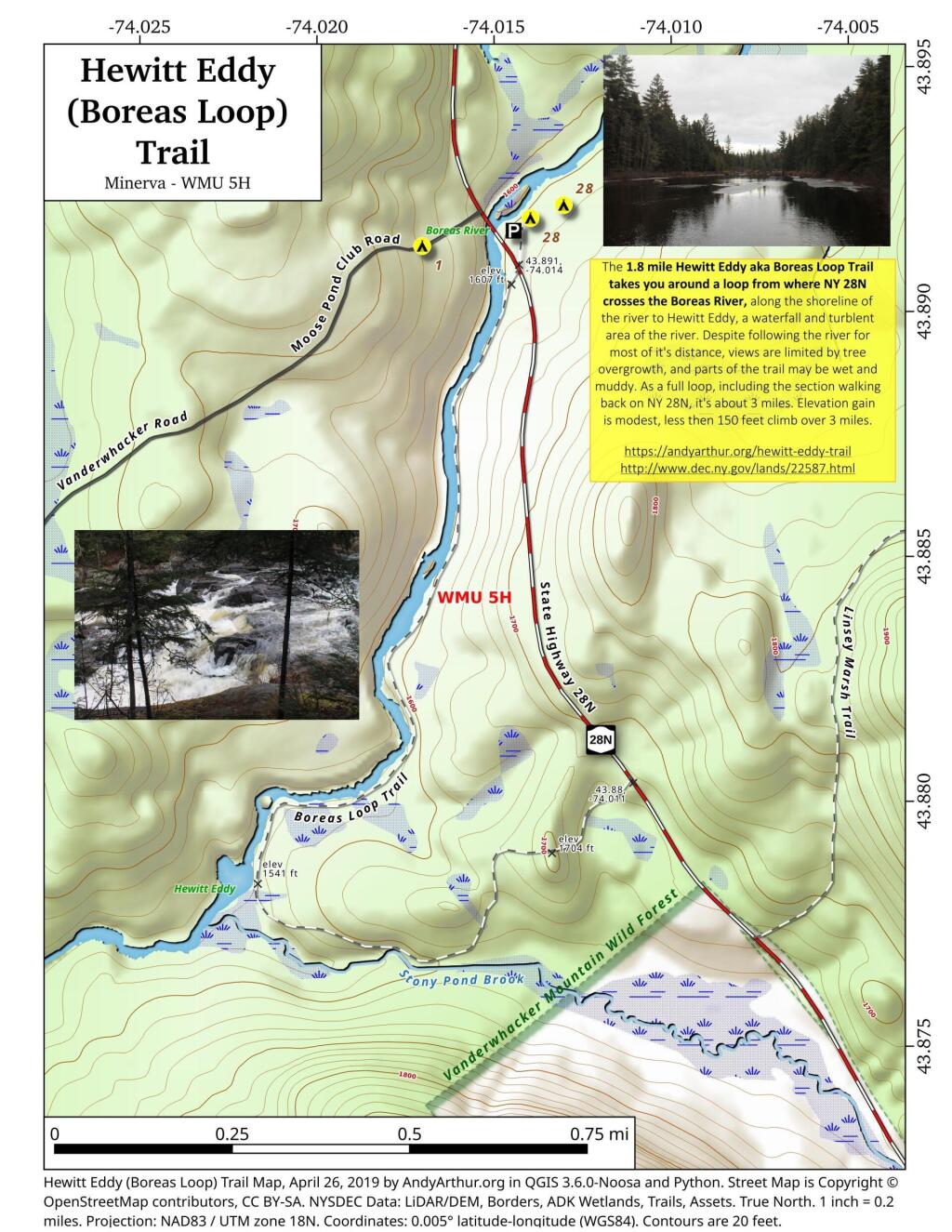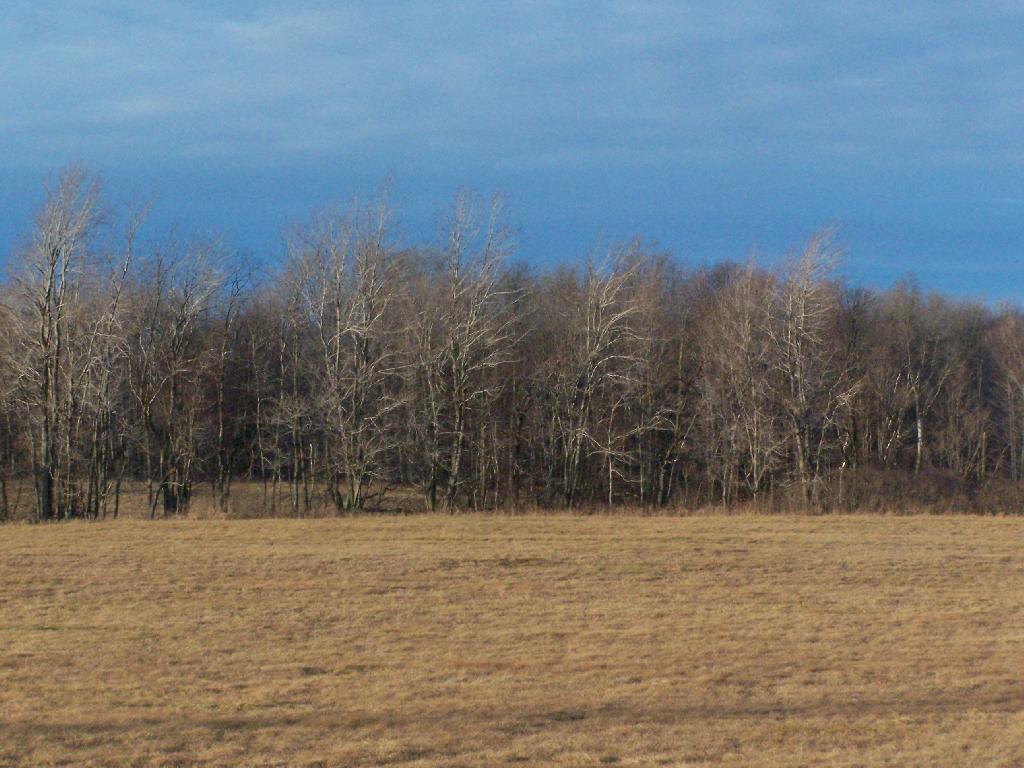Kind of a cloudy, dark and gray start to the day but not so cold out as the wind died down. Yesterday, with that wind howling around made for some pretty cold hiking in the Albany Pine Bush Preserve, but they’ve done some nice work restoring the Kings Road Barrens and 40 New Karner.
Working on some code this morning but I want to get to store fairly soon before the crowds arrive.  Seems weird but I need to stock up on groceries for coming the week, which will be upon us before you know it. Back to work on Monday, though I expect it to be only a four day week with the state closed for Jimmy Carter’s funeral on Thursday. Going to be cold this week, though this morning isn’t so bad as there is no wind blowing. But first I got to shower and get dressed.
Seems weird but I need to stock up on groceries for coming the week, which will be upon us before you know it. Back to work on Monday, though I expect it to be only a four day week with the state closed for Jimmy Carter’s funeral on Thursday. Going to be cold this week, though this morning isn’t so bad as there is no wind blowing. But first I got to shower and get dressed. 
Went to laundromat last night, so that’s one thing off my list.  Got lots of nice dressy but not too formal shirts for work, at thrift stores yesterday. Also got this nice big heavy brass lamp for my desk. Going to get another 200 watt bulb to stick in (well 26 watt equivalent bulb) and move my other desk lamp to the back of my office that gets pretty dark.
Got lots of nice dressy but not too formal shirts for work, at thrift stores yesterday. Also got this nice big heavy brass lamp for my desk. Going to get another 200 watt bulb to stick in (well 26 watt equivalent bulb) and move my other desk lamp to the back of my office that gets pretty dark.  I really hate the overhead florescent lighting. I need to figure out if I can bring the big lamp on the bus or if I should just drive in one day. I really don’t like driving in, especially not the evening rush hour traffic.
I really hate the overhead florescent lighting. I need to figure out if I can bring the big lamp on the bus or if I should just drive in one day. I really don’t like driving in, especially not the evening rush hour traffic. 








I want to work on the bike,  at least get the brake fluid topped off so I have good stops even if I don’t get around to replacing the pads today. Almost tempted to go for a ride into work on Monday, as it’s not going to be as cold as later in the week.
at least get the brake fluid topped off so I have good stops even if I don’t get around to replacing the pads today. Almost tempted to go for a ride into work on Monday, as it’s not going to be as cold as later in the week.  That said, it still will be cold.
That said, it still will be cold.  But I’m antsy to get out riding again. Maybe today for a while, though I expect the wind to pick up and I want to work down at the library for a while. I’ll work inside the library, but I’ll wear my muzzle
But I’m antsy to get out riding again. Maybe today for a while, though I expect the wind to pick up and I want to work down at the library for a while. I’ll work inside the library, but I’ll wear my muzzle  at least while around others at the library, but at this point I believe I’m 14 days out from the COVID exposure (I think I got COVID at the Nutcracker — you know people don’t necessarily stay home when they’re seeing their kid at a live performance and they’ve paid a lot of money to do it).
at least while around others at the library, but at this point I believe I’m 14 days out from the COVID exposure (I think I got COVID at the Nutcracker — you know people don’t necessarily stay home when they’re seeing their kid at a live performance and they’ve paid a lot of money to do it).  I’m just glad I’m over that, but am thinking of wearing the mask a lot more this winter, at least on bus and when I’m around others.
I’m just glad I’m over that, but am thinking of wearing the mask a lot more this winter, at least on bus and when I’m around others.


 Seems weird but I need to stock up on groceries for coming the week, which will be upon us before you know it. Back to work on Monday, though I expect it to be only a four day week with the state closed for Jimmy Carter’s funeral on Thursday. Going to be cold this week, though this morning isn’t so bad as there is no wind blowing. But first I got to shower and get dressed.
Seems weird but I need to stock up on groceries for coming the week, which will be upon us before you know it. Back to work on Monday, though I expect it to be only a four day week with the state closed for Jimmy Carter’s funeral on Thursday. Going to be cold this week, though this morning isn’t so bad as there is no wind blowing. But first I got to shower and get dressed. 
 Got lots of nice dressy but not too formal shirts for work, at thrift stores yesterday. Also got this nice big heavy brass lamp for my desk. Going to get another 200 watt bulb to stick in (well 26 watt equivalent bulb) and move my other desk lamp to the back of my office that gets pretty dark.
Got lots of nice dressy but not too formal shirts for work, at thrift stores yesterday. Also got this nice big heavy brass lamp for my desk. Going to get another 200 watt bulb to stick in (well 26 watt equivalent bulb) and move my other desk lamp to the back of my office that gets pretty dark.  I really hate the overhead florescent lighting. I need to figure out if I can bring the big lamp on the bus or if I should just drive in one day. I really don’t like driving in, especially not the evening rush hour traffic.
I really hate the overhead florescent lighting. I need to figure out if I can bring the big lamp on the bus or if I should just drive in one day. I really don’t like driving in, especially not the evening rush hour traffic. 




 at least get the brake fluid topped off so I have good stops even if I don’t get around to replacing the pads today. Almost tempted to go for a ride into work on Monday, as it’s not going to be as cold as later in the week.
at least get the brake fluid topped off so I have good stops even if I don’t get around to replacing the pads today. Almost tempted to go for a ride into work on Monday, as it’s not going to be as cold as later in the week.  That said, it still will be cold.
That said, it still will be cold.  But I’m antsy to get out riding again. Maybe today for a while, though I expect the wind to pick up and I want to work down at the library for a while. I’ll work inside the library, but I’ll wear my muzzle
But I’m antsy to get out riding again. Maybe today for a while, though I expect the wind to pick up and I want to work down at the library for a while. I’ll work inside the library, but I’ll wear my muzzle  at least while around others at the library, but at this point I believe I’m 14 days out from the COVID exposure (I think I got COVID at the Nutcracker — you know people don’t necessarily stay home when they’re seeing their kid at a live performance and they’ve paid a lot of money to do it).
at least while around others at the library, but at this point I believe I’m 14 days out from the COVID exposure (I think I got COVID at the Nutcracker — you know people don’t necessarily stay home when they’re seeing their kid at a live performance and they’ve paid a lot of money to do it).  I’m just glad I’m over that, but am thinking of wearing the mask a lot more this winter, at least on bus and when I’m around others.
I’m just glad I’m over that, but am thinking of wearing the mask a lot more this winter, at least on bus and when I’m around others.